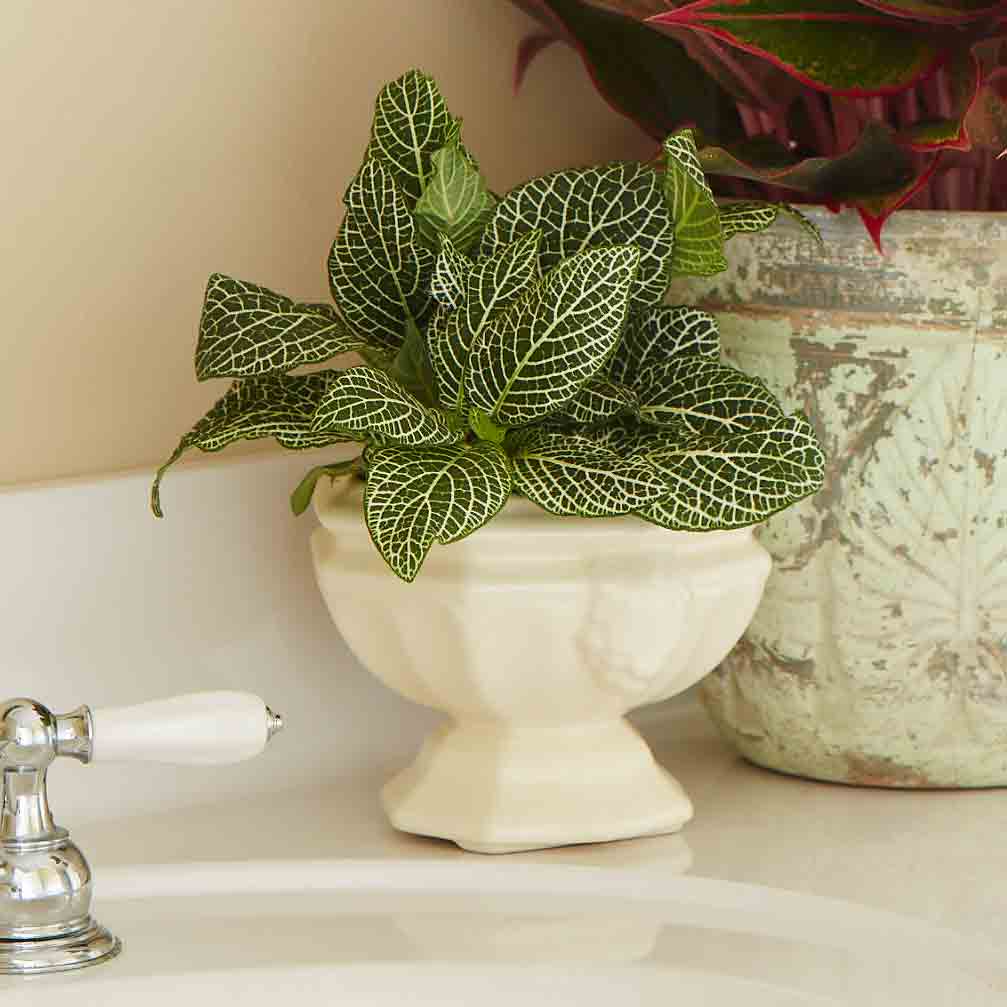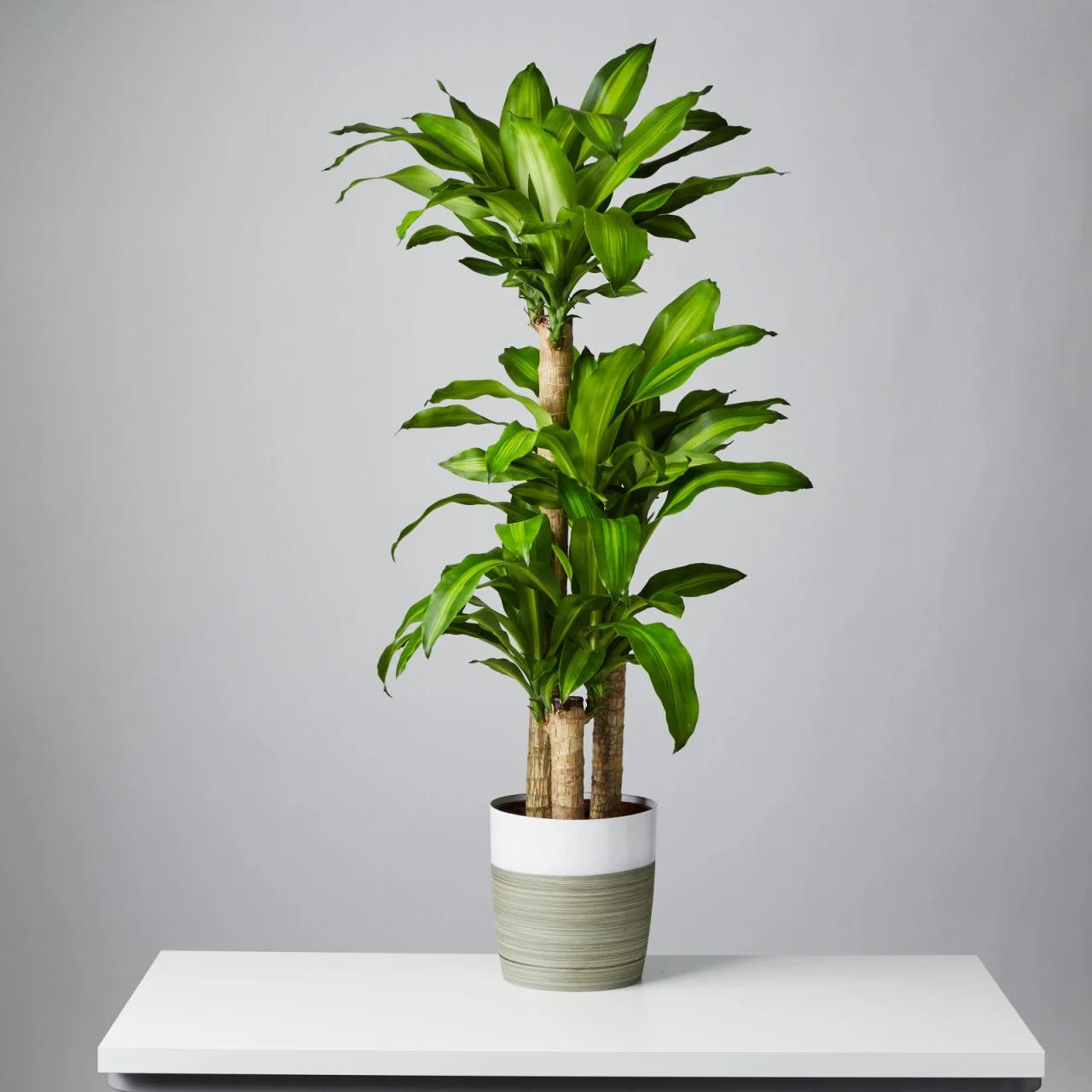How to Choose the Best Low-Light Indoor Plants for Your Interior Design Needs
How to Choose the Best Low-Light Indoor Plants for Your Interior Design Needs
Blog Article
Transform Your Home With Beautiful Low-Light Indoor Plants and Their Advantages
Integrating low-light indoor plants into your home can considerably boost both the environmental and aesthetic quality of your living areas. These plants, which prosper in dim problems, serve not only as ornamental components yet also as natural air purifiers, making them perfect for metropolitan residents or those with minimal sunshine exposure. As we discover the various types of low-light plants and their benefits, you may locate shocking ways to incorporate them right into your home that can transform your surroundings in methods you might not have anticipated.
Benefits of Low-Light Plants
Low-light plants supply countless advantages for indoor atmospheres, making them a superb option for both amateur and knowledgeable garden enthusiasts. Among the main benefits is their adaptability to low-light problems, allowing people to improve their space without the requirement for considerable sunlight direct exposure. This particular makes them suitable for houses, offices, and various other locations with restricted natural light.

Furthermore, including low-light plants into home décor can raise the aesthetic charm of an area. Their lavish foliage and differed textures develop a soothing ambience, adding to overall health. Last but not least, the presence of plant has actually been linked to decreased stress degrees and enhanced efficiency, making low-light plants a useful option for enhancing both mental and physical health and wellness in interior settings.
Top Low-Light Indoor Plants
While lots of interior plants thrive in intense light, a number of varieties are specifically well-suited for low-light conditions, making them suitable for numerous indoor areas. One preferred option is the Serpent Plant (Sansevieria), known for its striking upright fallen leaves and strength, calling for marginal treatment. One more outstanding choice is the Pothos (Epipremnum aureum), which features heart-shaped leaves and can trail beautifully from shelves or hangers, growing in low light and including a lavish touch.
The ZZ Plant (Zamioculcas zamiifolia) is celebrated for its glossy leaves and ability to withstand forget, making it perfect for active lifestyles. The Peace Lily (Spathiphyllum) not just endures low light but also creates stunning white blooms, boosting any type of area's visual.
For a distinct touch, consider the Cast Iron Plant (Aspidistra elatior), which indeed meets its name, growing in the darkest edges of your home. Finally, the Chinese Evergreen (Aglaonema) uses a variety of fallen leave patterns and colors while being exceptionally forgiving in low-light problems. These plants not just beautify indoor environments yet likewise add to air filtration, improving your home.
Care Tips for Low-Light Plants

Watering methods are important; these plants commonly favor slightly dry problems. Overwatering can cause root rot, so make sure that the leading inch of soil is completely dry before sprinkling once more. Usage pots with drainage holes to permit excess dampness to check here escape.
Humidity is another important element. Lots of low-light plants, such as ferns and peace lilies, gain from higher humidity degrees. To enhance moisture, consider misting the fallen leaves or putting a tray of water near the plants.
Fertilizing should be approached with care. Throughout the expanding period, utilize a weakened, well balanced fluid fertilizer each month to sustain development, but stay clear of fertilizing during the dormant cold weather.

Imaginative Ways to Show Plants
Interior plants can work as fascinating focal factors in any type of area, boosting both aesthetic charm and setting. Innovative display screens can boost the visual effect of low-light plants, making them an indispensable component of your home decoration. One efficient technique is to utilize tiered plant stands, which allow you to display several plants at differing elevations while making the most of flooring area.
Hanging planters are another innovative choice, developing a sense of deepness and drawing the eye upward. Think about macramé wall mounts or wall-mounted racks to like this present a distinct texture and style.
For an extra structured strategy, use geometric terrariums or glass containers to house your plants, adding a modern touch to your interior garden. You can additionally repurpose vintage things, such as teacups or wood crates, for a diverse display that reflects your character.
Enhancing Home Atmosphere With Plants
Integrating low-light plants right into your home not only improves visual charm however also contributes substantially to the total ambiance. These plants act as natural decor aspects, presenting a sense of harmony that can change any kind of room. The existence of greenery fosters a relaxing environment, which is specifically helpful in high-stress atmospheres such as home offices or living areas.
Low-light plants, such as serpent plants, pothos, and ZZ plants, are not only visually pleasing yet likewise enhance indoor air high quality by filtering system toxins. This double feature improves the atmosphere additionally, creating a healthier space (Best low-light indoor plants). The strategic positioning of these plants can additionally affect the perception of area; as an example, high plants can attract the eye upwards, making ceilings show up greater and areas much more spacious
Furthermore, differing appearances and colors of vegetation include depth to interior style, permitting for imaginative expression in home designing. Whether positioned on shelves, in corners, or as centerpieces, low-light plants can raise the state of mind of any kind of room. In recap, including these plants right into your home is an efficient way to promote a cozy, inviting atmosphere while reaping the benefits of improved air quality and aesthetic flexibility.
Verdict
Integrating low-light interior plants into home environments uses many advantages, consisting of improved visual allure and improved air quality. These resilient plants, such as the Serpent Plant and Tranquility Lily, call for minimal light and maintenance, making them appropriate for diverse lifestyles. Their capability to filter contaminants contributes to a much healthier space, while their varied textures and colors enrich interior design (Best low-light indoor plants). Ultimately, navigate here the addition of low-light plants fosters a calm and welcoming atmosphere, changing any type of home into a tranquil sanctuary.
While numerous indoor plants prosper in bright light, a number of varieties are particularly fit for low-light problems, making them perfect for numerous interior spaces. One reliable approach is to make use of tiered plant stands, which enable you to display several plants at varying heights while optimizing flooring area.
Low-light plants, such as snake plants, pothos, and ZZ plants, are not just aesthetically pleasing yet also boost indoor air quality by filtering contaminants. Best low-light indoor plants. The critical placement of these plants can also affect the assumption of area; for instance, tall plants can attract the eye upwards, making ceilings appear higher and spaces much more spacious
These durable plants, such as the Snake Plant and Tranquility Lily, call for minimal light and upkeep, making them ideal for varied way of lives.
Report this page